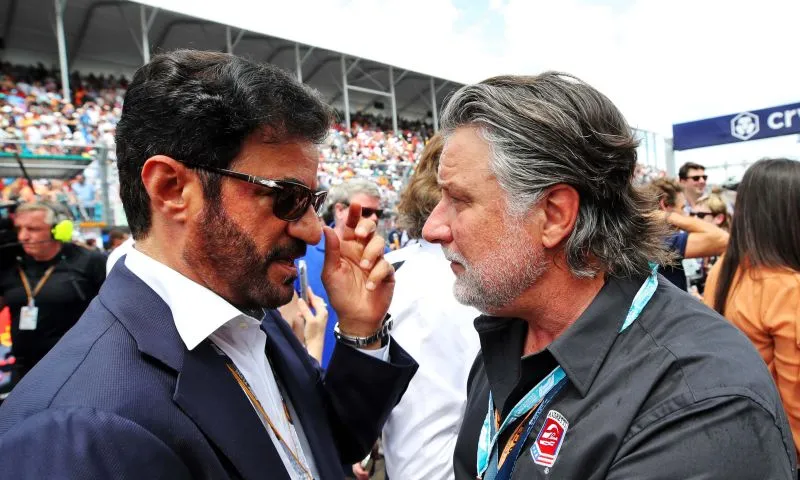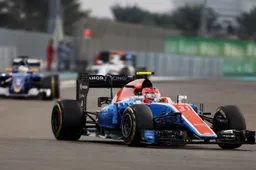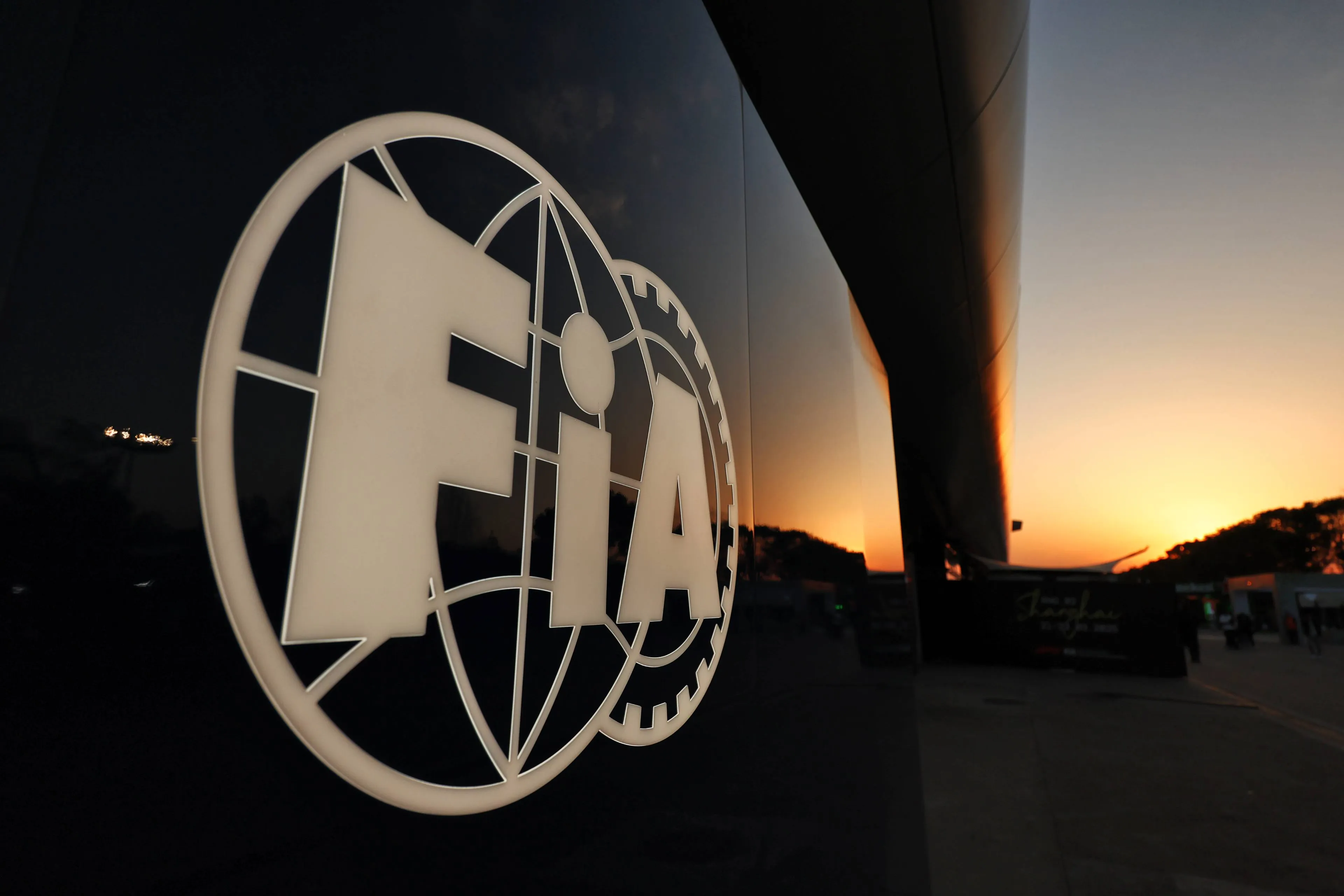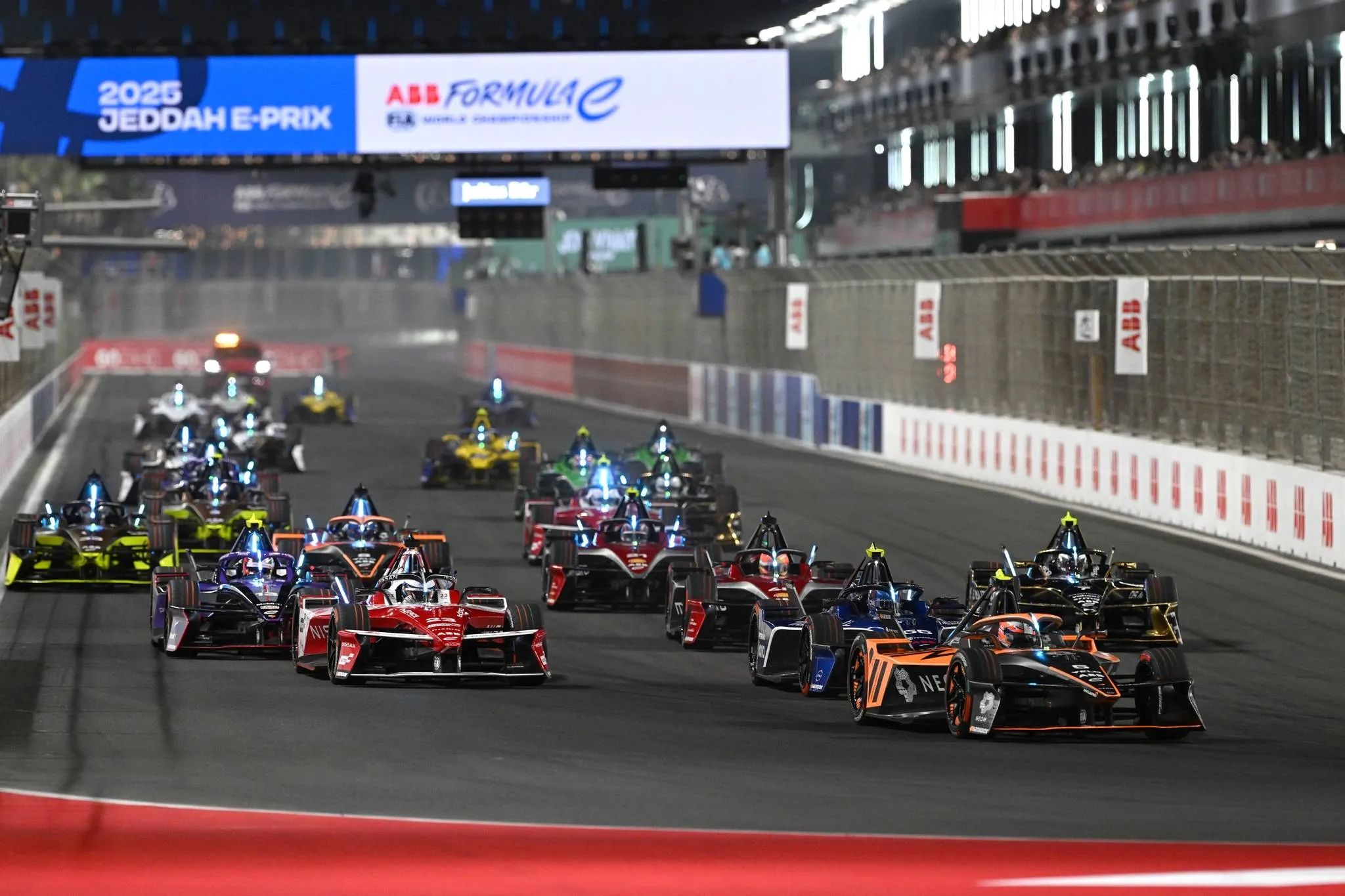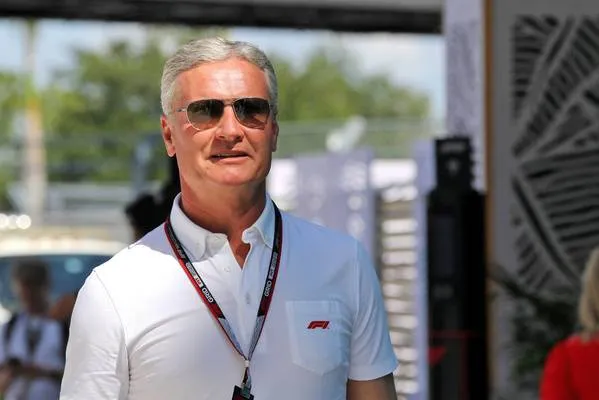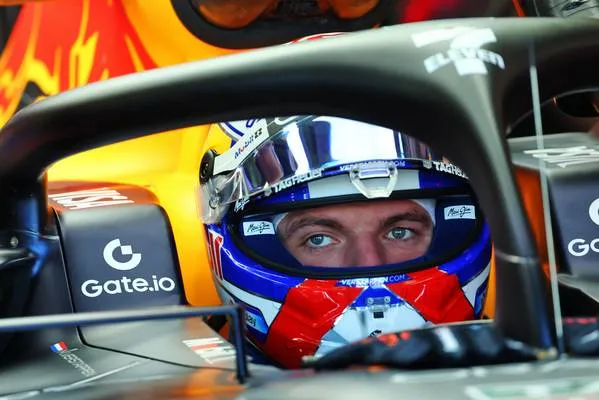The possible Formula 1 participation of Michael Andretti seems to have gained momentum since the announced partnership with Cadillac. In addition, FIA president Mohammed Ben Sulayem opened the door for the entry of new teams through a new procedure. What does this mean for Andretti and what steps does he (and any other candidates) need to take to put a team on the F1 grid?
Formula 1 has seen 171 teams come and go over the years, with Ferrari the only permanent fixture on the grid since hosting the first Grand Prix in 1950. Now that the sport is more popular worldwide than ever, interest from potential new teams is also increasing. Andretti appears to be the leading candidate to join F1 soon, with the 2024 season as its target.
Meanwhile, billionaire Calvin Lo has also shown interest and, in addition, Porsche and Honda may yet decide to join as constructors rather than just engine suppliers. However, like Andretti, they still have a lot of hurdles to overcome before that happens. Here is what potential contenders face if they decide to sign up as an F1 team.
What does it take to sign up as an F1 team?
To join F1, a new team must first apply to the FIA for a licence and pay a $200 million entry fee. The application to participate in the next season must be submitted between 21 October and 1 November. If approved, the team must build a car that meets FIA guidelines and appoint two drivers to represent the racing stable. Once all this is completed, the team will be allowed to participate in the F1 championship.
Requirements for F1 participation
Once a potential F1 team has applied for a licence, it is up to the FIA to assess it. This is done according to the following criteria as set out in Article 8.2 of the 2023 sporting regulations:
Confirmation that the applicant has read and understood the regulations and agrees to comply with them on behalf of himself and everyone involved in his participation in the championship;
The name of the team (including the name of the chassis);
The make of the participating car;
The make of the engine;
The names of the drivers (a driver may be appointed after the application on payment of a fee set by the FIA);
A commitment by the applicant to participate in each event with the number of cars and drivers entered.
All applications are reviewed by the FIA and accepted or rejected at its discretion. The FIA considers whether the applicant has the necessary infrastructure, financial and human resources, experience, technical ability and sufficient maintenance capacity to determine who will compete.
Once a team meets all the FIA's requirements, the next step is to develop and build a car that meets all the technical and safety requirements of the governing body. If the team passes the extensive tests involved in this process, it is ready to participate.
What will change as a result of the FIA's statements?
FIA president Mohammed Ben Sulayem recently seemed to open the door to the entry of new F1 teams by launching an 'Expressions of Interest' procedure. What exactly this procedure should entail is not yet known, but it would aim to make an entry easier for potential teams.
Moreover, Ben Sulayem stated that he was delighted with the news about the Andretti-Cadillac partnership, after which he reiterated that the FIA will continue with the discussions of the new procedure that is planned. This can only be good news for new potential candidates who would like to put an F1 team on the grid, but are hampered by regulations in that area.
Maximum number of cars on the F1 grid
As Article 8.6 of the sporting regulations for 2023 describes, a maximum of 26 cars are allowed on the grid with a maximum number of two per team. Should it become easier for new F1 teams to make their entry in the coming years, interested parties will have to hurry it up, especially if Andretti submits its application to the FIA by the end of 2023.
Read more about:
Popular on GPBlog
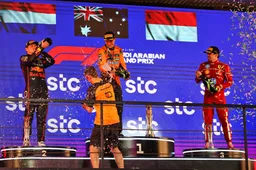
1
Herbert criticises "unprofessional and disrespectful" Verstappen on the Jeddah podium
2439 times read

2
Herbert in controversy due to promoting illegal gambling sites in the Netherlands
679 times read
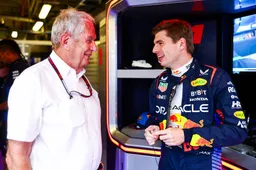
3
Marko intrigued to see if Piastri can "maintain this level of performance throughout the season"
655 times read

4
Horner accused of being a 'master politician' after wind tunnel correlation issue claim
650 times read
